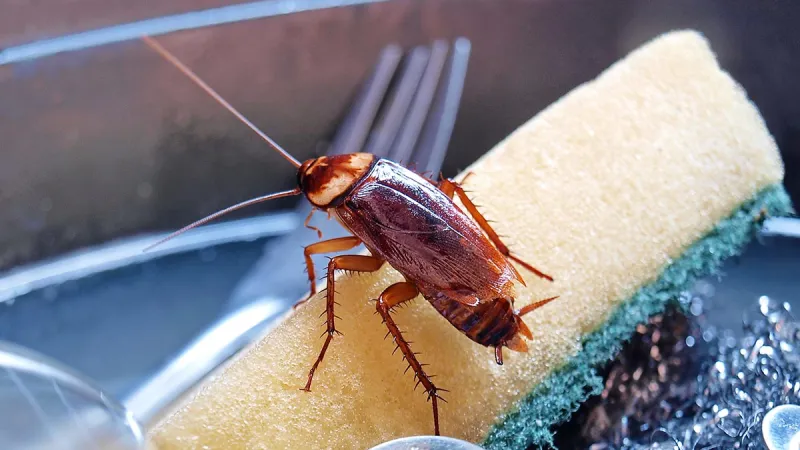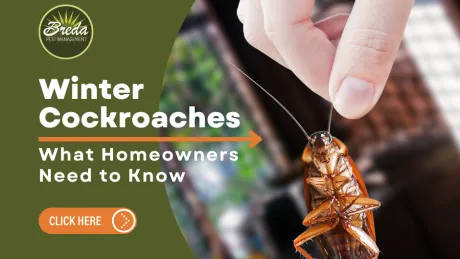
Brown Banded Cockroach Information

Brown Banded Cockroach
The brown-banded cockroach, scientifically known as Supella longipalpa, is a small but resilient pest that can infest homes, businesses, and other structures. Known for its distinctive appearance and unique habits, the brown-banded cockroach requires effective identification and control measures to prevent its proliferation. BREDA Pest Management is here to explore the world of the brown-banded cockroach, including its identification, habits, and control strategies.
Brown Banded Cockroach
The brown-banded cockroach is one of the smaller species of its kin, measuring about 0.5 to 0.6 inches long. It has a light brown to tan coloration, with two broad bands running across its wings and abdomen. The bands are dark brown in color and are characteristic of this species, making it relatively easy to identify.
One of the key features for identifying the brown-banded cockroach is the presence of broad bands on its wings and abdomen. These bands are distinct and run horizontally across the body, with one band located behind the head and the other towards the end of the abdomen. The brown-banded cockroach also has six legs, two long antennae, and two pairs of wings, with the hind wings being larger than the front wings.
The brown-banded cockroach is a nocturnal insect that is most active during the night. It prefers to live in warm and dry environments, such as bedrooms, living rooms, and areas with access to food and water. Unlike some other species of cockroaches, the brown-banded cockroach does not require as much moisture to survive and can tolerate drier conditions.
One of the unique habits of the brown-banded cockroach is its tendency to hide in higher locations compared to other cockroach species. It often seeks shelter in wall voids, behind picture frames, in electrical outlets, and in other narrow crevices. This makes it difficult to detect and control, as it can easily move around and infest different areas of a structure.
The brown-banded cockroach is an omnivorous scavenger, feeding on a wide variety of organic materials, including food scraps, grease, paper, and even book bindings. It can also chew on fabrics, leading to potential damage to clothing, curtains, and other household items.
Effective control of brown-banded cockroach infestations requires a multi-faceted approach. Good sanitation practices are important, including regular cleaning, proper food storage, and elimination of water sources. Sealing cracks and gaps in walls, floors, and appliances can prevent cockroach entry points.
Insecticide treatments are often necessary for controlling brown-banded cockroach populations. Cockroach baits, sprays, dusts, and insect growth regulators can be used to target adult cockroaches and disrupt their reproduction. It is important to use insecticides safely and according to label instructions, and to rotate between different types of insecticides to avoid resistance.
Integrated pest management techniques, such as trapping and monitoring, can also be employed to detect and monitor brown-banded cockroach populations. This can help determine the severity of the infestation and the effectiveness of control measures.
Professional pest control services by BREDA Pest Management may be needed for severe or persistent infestations. As pest control professionals, we have the knowledge, experience, and tools to effectively identify, treat, and prevent brown-banded cockroach infestations.


